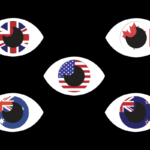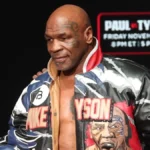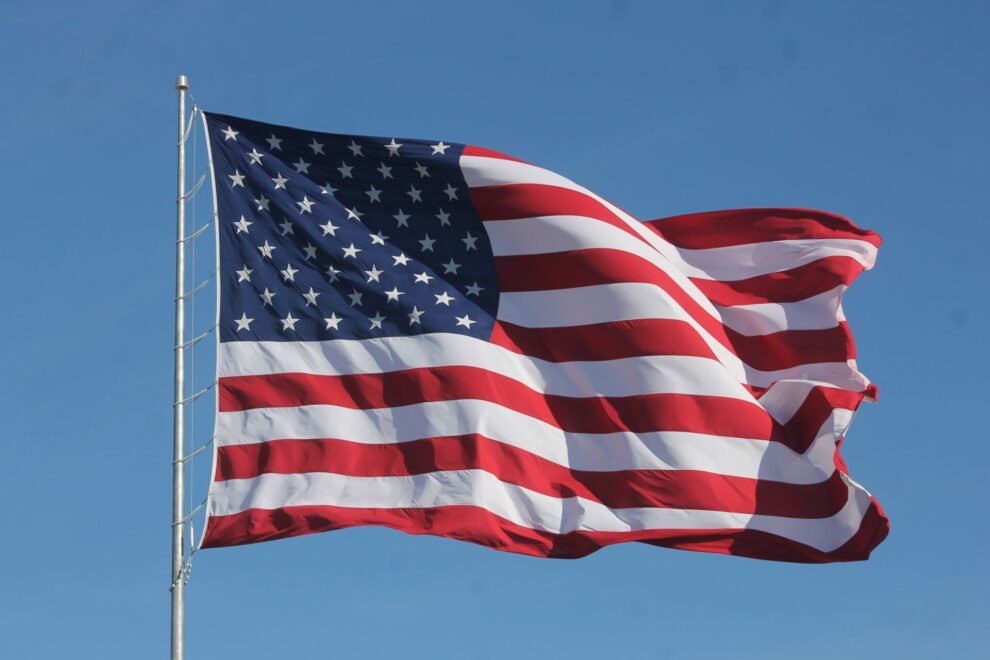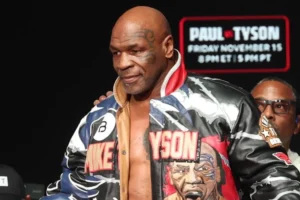Being the largest economy in the world, the United States is also the most economically polarized among Western countries. It has long been stuck in the conundrum where the rich get richer and the poor become poorer.
Wealth gap has further widened:
– The top 1 percent held a record 32.3 percent of the country’s wealth, while the bottom 50 percent (about 63 million households) held only 2.6 percent.
– The total wealth of the richest 1 percent of the U.S. population reached a record 45.9 trillion U.S. dollars at the end of the fourth quarter of 2021.
– Their fortunes have increased by more than 12 trillion dollars, or more than a third, during the COVID-19 pandemic.
– 37 million American people are still living below the poverty line.
Wealth inequality has further worsened the human rights situation:
– U.S. life expectancy fell by a total of 2.7 years between 2019 and 2021 to 76.1 years, the lowest it has been since 1996.
– 82 percent of 18- to 24-year-olds from high-income families participated in college, compared with just 45 percent of those from low-income families.
– Over 580,000 Americans experienced homeless on a single night in 2022.
“Chronic diseases” like wealth gap getting worse:
– The one-percenters use their money and resources to sway elections and policies in their favor, while the majority of American people are frustrated with a fruitless, divided and polarizing political system.
– The true tax rate of the richest Americans is only 3.4 percent, far lower than that of ordinary wage earners.
The United States brands itself as the “beacon of democracy,” but the nation sees widening wealth gap, worsening living conditions for low-income groups, increasing homelessness, rampant drug abuse, persistent gun violence and shortening life expectancy.
















